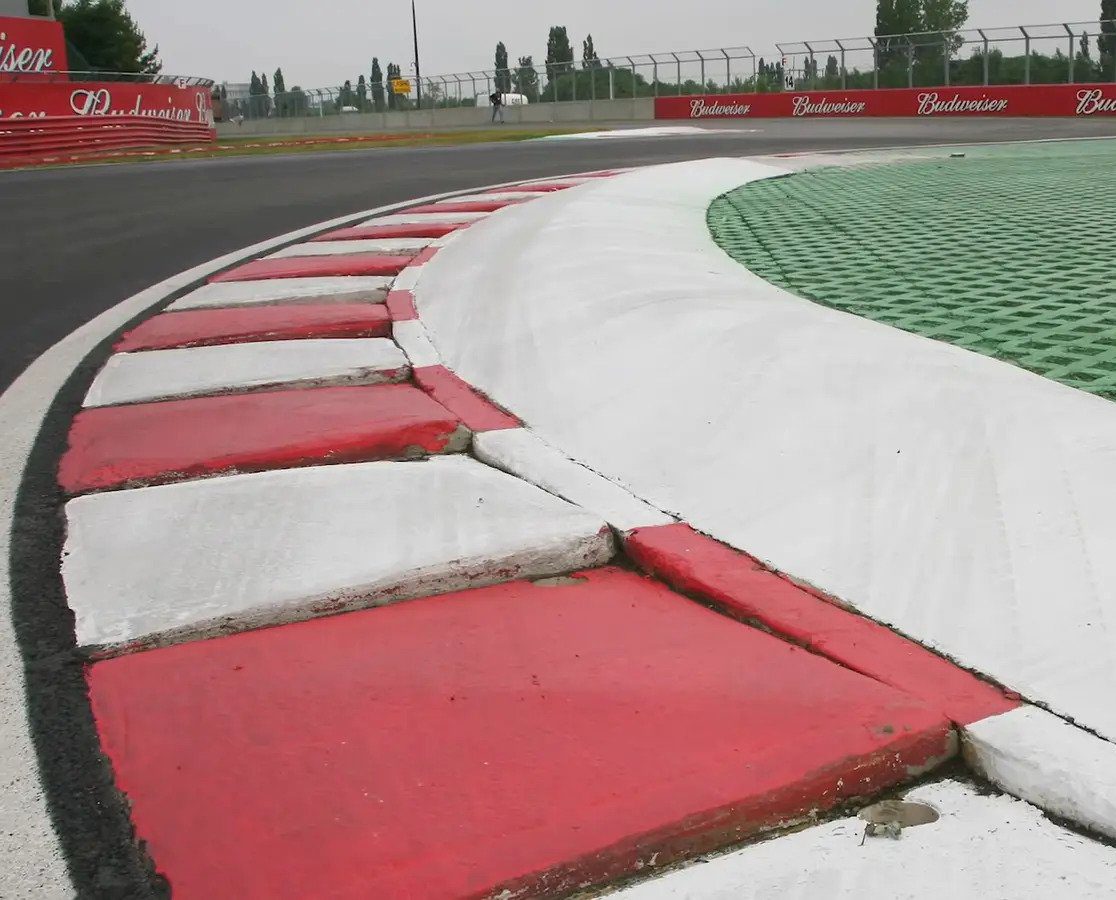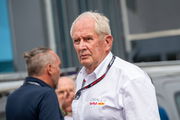

Formula 1 has seen an exponential rise in its popularity over the last few years. However, with changing business models and the urge to make the sport more spectacle worthy, the role of race control often comes under the lens. The latest in this chain of events is inconsistent rulings over exceeding track limits in F1.
Watch What’s Trending Now!
The FIA and Liberty Media are breaking new grounds to increase the reach of F1 in unchartered territories. But in this process, accusations of making it sellable rather than fair are always around the corner. When it comes to exceeding track limits, the most recent case was in the Abu Dhabi GP, where Lewis Hamilton was not penalized for going off the track to regain his lead.
Just a slight recurring theme on Twitter today 😅
Thoughts? 💬#F1 #Formula1 #AbuDhabiGP 🇦🇪 pic.twitter.com/QfdxZ6jkcp
— Autosport (@autosport) December 12, 2021
ADVERTISEMENT
However, a bigger equation here lies with the inconsistencies in the ruling when it comes to track limits. Red Bull prodigy Max Verstappen was left off the hook during the São Paulo Grand Prix after Mercedes accused him of exceeding track limits. However, the Dutchman had to serve a penalty following a similar incident at Jeddah.
Why does this happen so often?
Most of the modern grade 1 F1 tracks do not have gravel traps. Instead, they have large expanses of tarmac runoff, painted with very high-grip compounds in places to rapidly arrest the cars. Naturally, the drivers do not preserve themselves from pushing to the limit because they are well acquainted with the nature of these tarmac runoffs.
ADVERTISEMENT
The consequences of going wide off the track are hardly some dusty tyres or maybe losing a position or two. And in the case of a qualifying session, it might result in deleted lap times. This is still nowhere close to running into the grass 0r gravel traps, which causes substantial loss of speed and position.
Apart from that, the gray areas in track limits make it easier for them to compete in the runoff areas. Now, with gravel traps becoming a thing of the past due to their degrading nature and tarmac runoffs being exploited for extra advantage, where does the solution lie.
ADVERTISEMENT
Don't forget Silverstone 2021 Crash Max Verstappen caused by Lewis Hamilton! #AbuDhabiGP pic.twitter.com/5NyAnguK2d
— Wil van den Broek (@wrvandenbroek) December 10, 2021
One plausible solution to this might be electronic gravel traps.
Top Stories
Max Verstappen’s Siblings: Everything We Know About Victoria, Blue Jaye, Jason Jaxx, and Mila Faye

Who Are Lando Norris’s Parents? Meet Adam Norris and Cisca Wauman

“Filthy Games Were Played”: Helmut Marko Buries Christian Horner for Conspiring Against Him

Who Is Oscar Piastri’s Father, Chris Piastri? Co-Founder of Multibillion Dollar Automotive Company

Years After Lewis Hamilton’s Lovestruck Confession, “Baddest” Emilia Clarke Makes Shock British GP Appearance

ADVERTISEMENT
Electronic gravel traps in F1 can be an answer
With F1 getting more modernized than ever, electronic gravel traps can be an answer to exceeding track limits. The idea, basically, is to geofence (create a virtual geographic boundary around) the runoff area and reduce the power of any car that enters the area for a few seconds.
In this way, the car will not suffer any sort of physical damage if it goes off the track. However, it will be a reason enough for the drivers to not exceed the track limits. It can also help reduce the role of the race director as well. Most importantly, Formula 1 is a highly equipped sport in terms of its technical abilities. Electronic gravel traps can be a revolutionary step in making the sport fair and free from controversies.
Read More- Mick Schumacher Has a Grim Prediction for 2022 F1 Season With 18-Inch Tyre Revelation
ADVERTISEMENT
ADVERTISEMENT
ADVERTISEMENT
ADVERTISEMENT

